The Indian temple in the southern city of Iran
![]() Author : asal | Date : Wednesday 14 February 2024 10:36
Author : asal | Date : Wednesday 14 February 2024 10:36
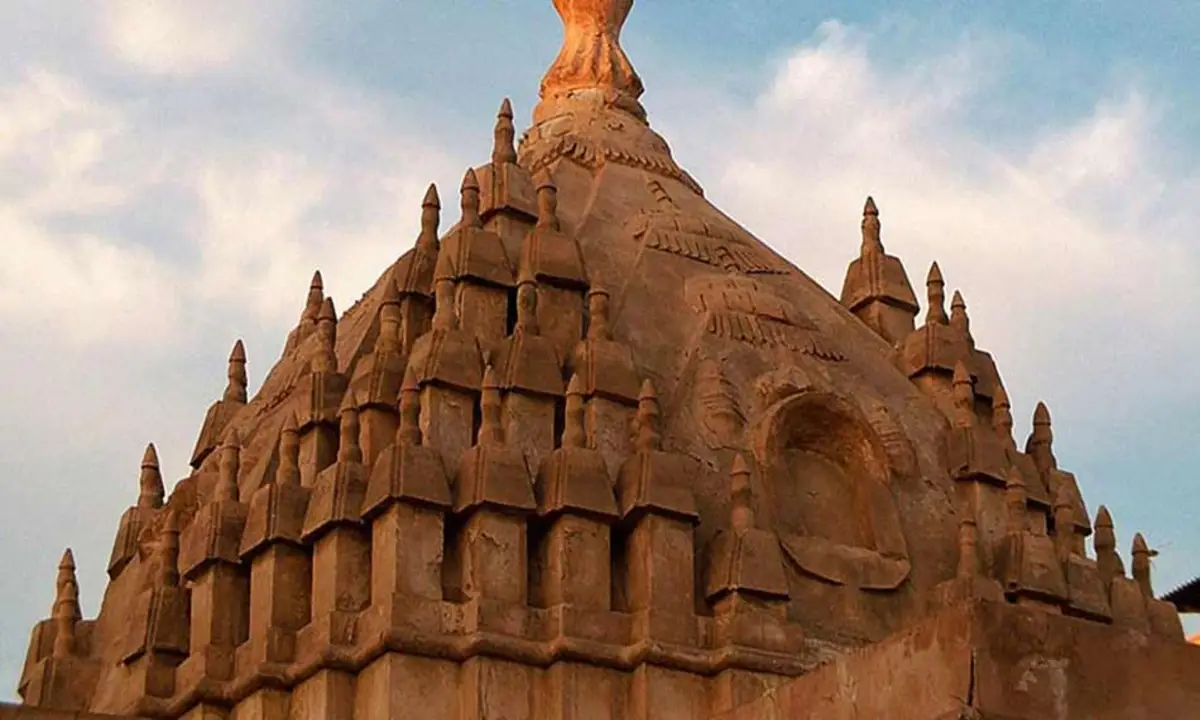
The Indian Temple in the southern city of Iran likely refers to the Chak Chak Temple, also known as Pir-e Sabz or Atashkadeh-e Chak Chak. This temple is a significant religious site for Zoroastrians and is located in the Yazd Province of Iran. While it's not specifically an "Indian" temple, it does have historical and cultural significance.
About Indian Temple History in Bandar Abbas
Bandar Abbas, a bustling port city in southern Iran, hosts a unique cultural heritage with its Indian temple. Here are some key points about the history and significance of Indian temple architecture in Bandar Abbas:
Historical Connections:
The presence of an Indian temple in Bandar Abbas reflects historical ties between India and Iran, particularly during periods of trade and cultural exchange along the ancient Silk Road.
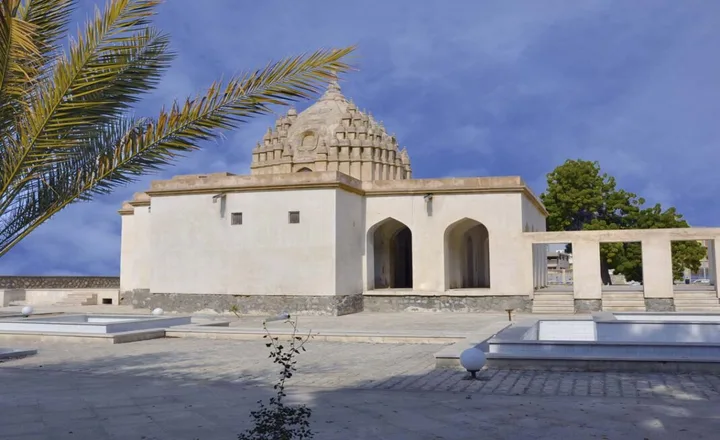
Architectural Influence:
The temple architecture in Bandar Abbas is characterized by intricate designs, vibrant colors, and ornate carvings, typical of traditional Indian temple architecture. This style reflects the rich artistic heritage of India and showcases the fusion of Indian and Persian cultural elements.
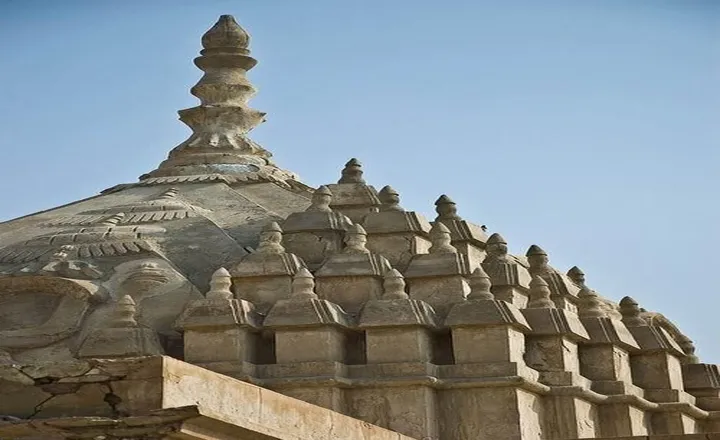
Cultural Symbolism:
The Indian temple serves as a symbol of cultural diversity and religious tolerance in Bandar Abbas and Iran as a whole. It stands as a testament to the city's multicultural identity and its history as a melting pot of different cultures and traditions.
Community Presence:
The presence of an Indian temple in Bandar Abbas also signifies an Indian community in the city, which may have migrated there for trade, employment, or other reasons. The temple likely serves as a focal point for religious and social gatherings among the Indian diaspora in Bandar Abbas.
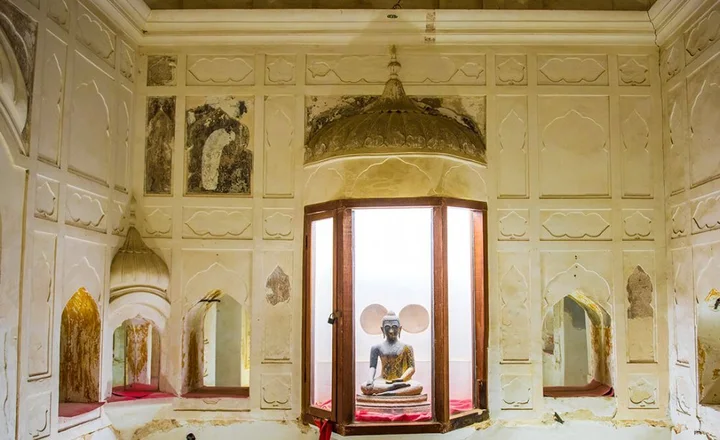
Tourist Attraction:
The Indian temple is a place of worship and a popular tourist attraction in Bandar Abbas. Visitors are drawn to its exquisite architecture, historical significance, and cultural relevance, making it a must-visit destination for those interested in exploring the city's diverse heritage.
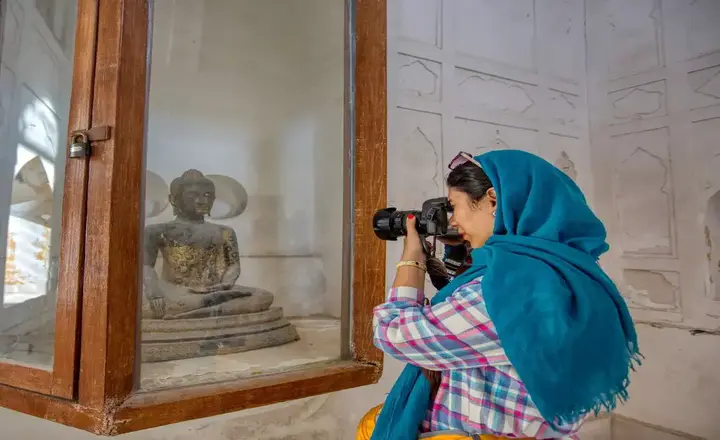
Comparing Hindu Temple Architecture with the Temple in Bandar Abbas
The Remarkable Resemblance of this Temple to Hindu Temples is No Coincidence; Built by one of India's Wealthiest Individuals, Shikarpur. Regrettably, upon his departure from Iran, he relocated all the idols from the temple to India:
Remarkable Resemblance:
The temple in Bandar Abbas bears a striking resemblance to Hindu temples, indicating intentional architectural and stylistic choices that draw inspiration from Hindu temple design.
Construction by Shikarpur:
The temple was constructed by Shikarpur, who is described as one of India's wealthiest individuals. This suggests that significant resources and expertise were invested in the construction of the temple, further emphasizing its importance and significance.
Relocation of Idols:
Unfortunately, upon Shikarpur's departure from Iran, he took all the idols from the temple to India. This implies a loss of cultural artifacts and religious symbols associated with the temple, potentially impacting its significance and cultural heritage.
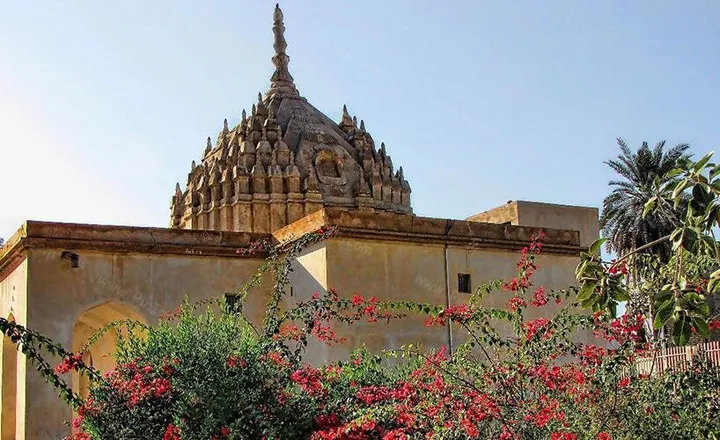
Architectural Traits of the Temple in Bandar Abbas
The temple architecture in Bandar Abbas is characterized by intricate designs, vibrant colors, and ornate carvings, typical of traditional Indian temple architecture. This style reflects the rich artistic heritage of India and showcases the fusion of Indian and Persian cultural elements.
Intricate Designs:
The temple architecture features intricate designs, indicating meticulous craftsmanship and attention to detail. These designs may include geometric patterns, floral motifs, and religious symbols, contributing to the visual appeal of the temple.
Vibrant Colors:
Vibrant colors are used in the temple's architecture, adding to its aesthetic appeal and creating a vibrant and visually stimulating environment. These colors may be symbolic and hold cultural significance, reflecting the cultural and religious traditions associated with the temple.
Ornate Carvings:
Ornate carvings adorn the temple, showcasing the skill and expertise of the artisans involved in its construction. These carvings may depict scenes from Hindu mythology, religious figures, or intricate patterns, enriching the visual experience for visitors.
Traditional Indian Temple Architecture:
The architectural style of the temple is reminiscent of traditional Indian temple architecture, characterized by its distinctive features such as towering spires (shikharas), pillared halls (mandapas), and elaborate gateways (gopurams). These elements are integral to the design and layout of the temple, reflecting centuries-old architectural traditions.
Fusion of Cultural Elements:
The style of the temple reflects the fusion of Indian and Persian cultural elements, highlighting the historical and cultural exchanges between the two regions. This fusion may be evident in architectural motifs, decorative elements, and construction techniques, showcasing the diversity and richness of cultural influences in the region.
Temple Interior Design: The Indian Temple in Southern Iran
The Indian Temple in Southern Iran offers insight into the intricate world of architectural design within religious spaces. Here's what it covers:
- Purpose and Significance: Exploring how temple interior design creates a sacred atmosphere for rituals and worship, fostering a sense of reverence and spiritual connection.
- Architectural Elements: Highlighting sacred symbols, altars, ceiling artwork, lighting, and color palettes that contribute to the temple's ambiance and symbolism.
- Cultural and Religious Influence: Discuss how the design reflects the beliefs and traditions of worshippers, drawing examples from Hindu, Buddhist, Christian, and Islamic temples.
- Spiritual Experience: Examining how temple interiors facilitate profound spiritual experiences through symbolism, geometry, and artistic expression.
- Historical and Contemporary Perspectives: Tracing the evolution of temple interior design over time, from traditional to modern practices, to meet the needs of worshippers.
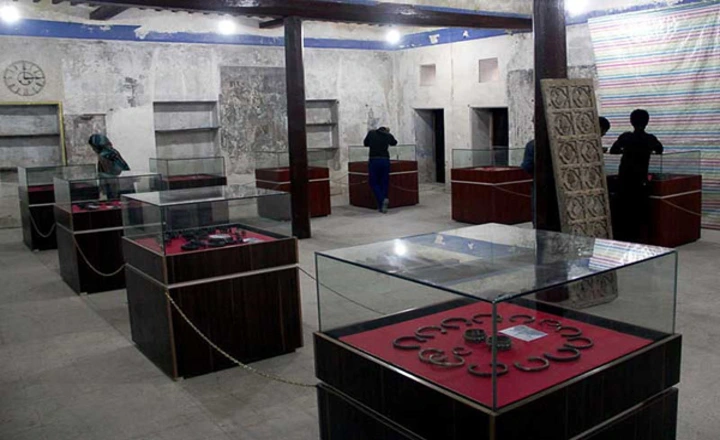
Last Word
The Indian temple in the southern city of Iran stands as a remarkable testament to the rich tapestry of cultural exchange and religious diversity. Its architectural splendor, adorned with intricate designs and symbolic motifs, reflects not only the spiritual traditions of India but also the harmonious blend of cultures in the region. As a sacred space for worship and contemplation, this temple embodies the timeless allure and universal significance of religious sanctuaries, serving as a beacon of spiritual enlightenment and cultural heritage in the heart of southern Iran.
FAQ
What is the historical significance of the Indian temple in the southern city of Iran?
The Indian temple holds immense historical significance, serving as a symbol of cultural exchange between India and Iran. Its construction and architectural elements reflect centuries-old traditions and highlight the region's rich heritage.
What makes the Indian temple in the southern city of Iran unique compared to other temples?
The Indian temple in southern Iran stands out for its distinctive architectural style, which combines elements of Indian temple design with local influences. Its intricate carvings, vibrant colors, and spiritual ambiance create a captivating experience for visitors.
Can visitors of other faiths or nationalities visit the Indian temple in the southern city of Iran?
Yes, the Indian temple welcomes visitors of all backgrounds and nationalities. As a place of cultural and spiritual significance, it promotes understanding and appreciation of diverse traditions and heritage.
What cultural events or rituals take place at the Indian temple in the southern city of Iran?
The temple hosts various cultural events and religious ceremonies throughout the year, including festivals, prayers, and community gatherings. These events provide opportunities for worshippers and visitors to experience the vibrant traditions and rituals associated with the temple's heritage.

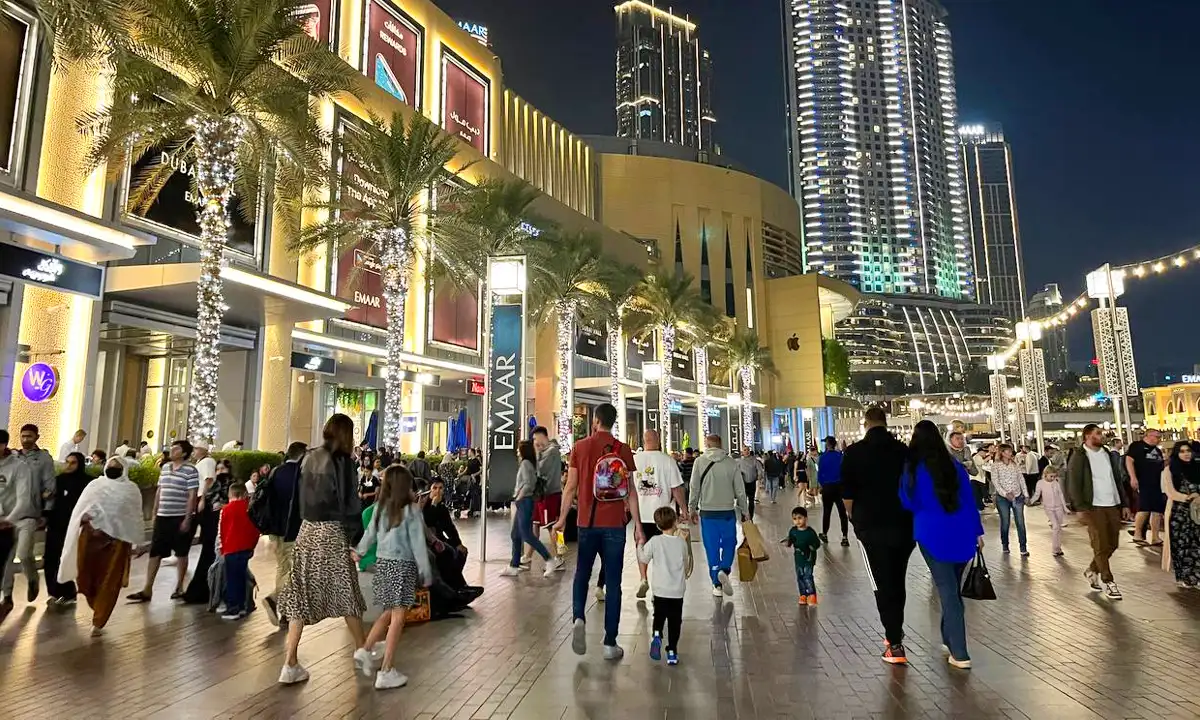

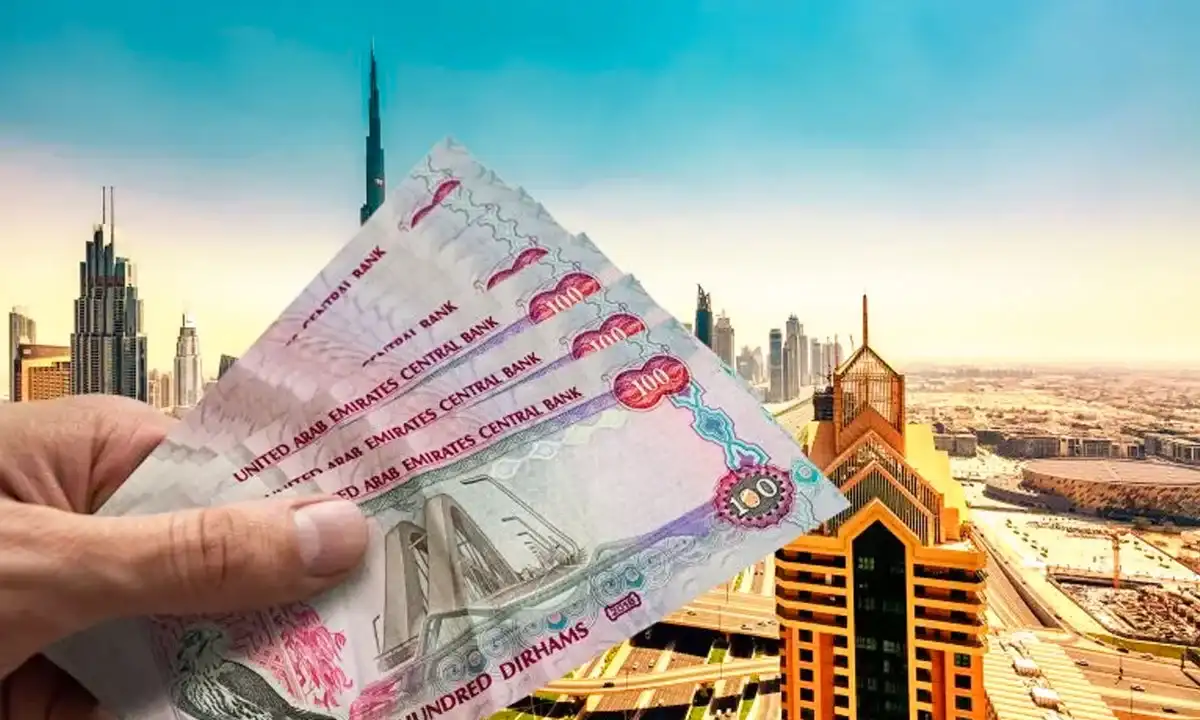

.webp)